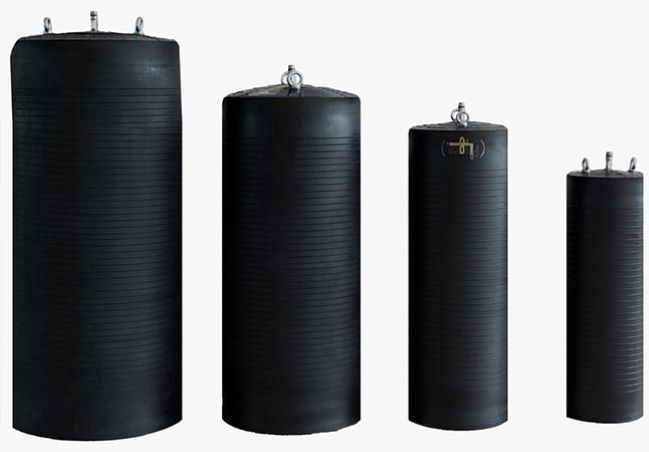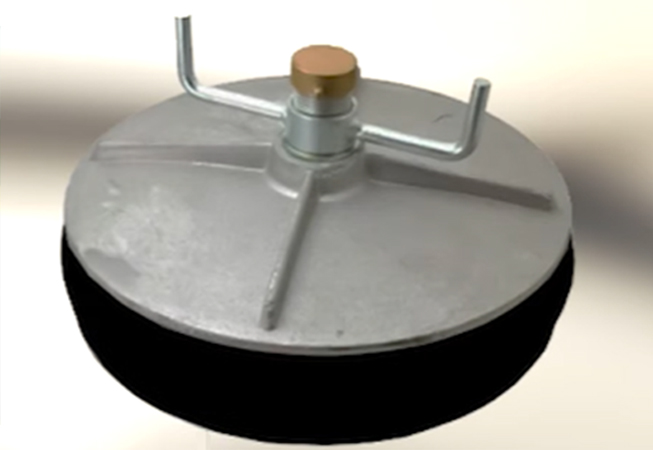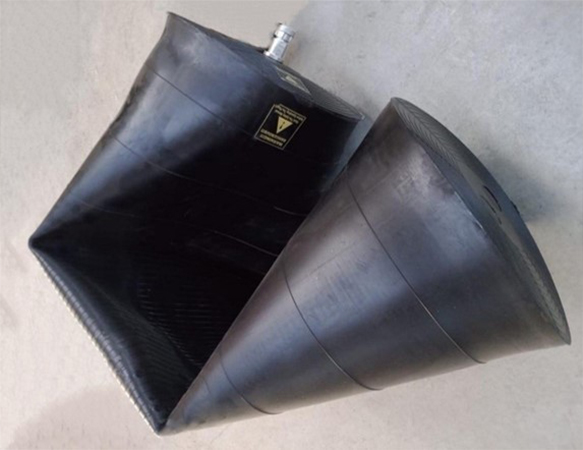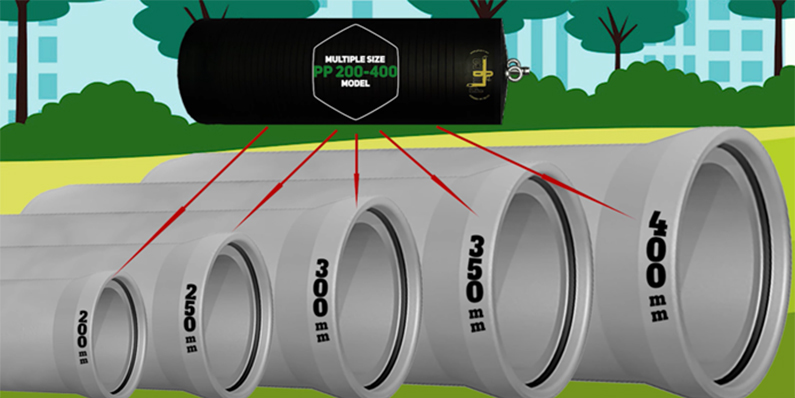In order to conduct maintenance works in a pipeline, the first action to take is to stop the flow. This is where the Pipe Plugs become crucial. There are two main types of pipe plugs on the market: Inflatable Pipe Plugs and Mechanical Pipe Plugs.
Before detailing the difference between these two models, let’s first understand the definition of a Pipe Plug.
What is a Pipe Plug?
A Pipe Plug is the main tool used in the infrastructure to temporarily stop the flow in a pipeline, generally for maintenance & inspection purposes. The pipeline may carry wastewater, gas, oil or other fluids. Pipe plugs are usually used in gravity pipelines, but high-pressure models are also available for specific applications.
What is an Inflatable Pipe Plug?
An Inflatable Pipe Plug, as the name suggests, is an inflatable Pipe Balloon used to seal a pipe. It is typically made of SBR+NR mixed rubber, nylon cord, Kevlar cord and strong fabrics, allowing it to withstand high pressure.
For Oil & Gas applications, the Inflatable Pipe Plug is made of Nitrile Rubber which is resistant to chemicals.
In addition to blocking the pipelines, Inflatable Pipe Plugs can also be used for leak tests and pipeline diversion.

What is a Mechanical Pipe Plug?
A Mechanical Plug is made of a metal body covered with a sealing bladder, which mechanically seal the pipe. The mechanical plug includes a butterfly mechanism that, when tightened, expands the bladder to create a seal. The Mechanical Plug cannot withstand high back pressure due to its structural limitation.

What is the Difference between an Inflatable Plug & a Mechanical Plug?
Size Compatibility: While the Inflatable Pipe Plugs are multi-sized, which means that a single Inflatable Pipe Plug can be used for many Pipe Diameters, the Mechanical Pipe Plugs are single sized. So, if you have a range of pipe diameters and you would like to use the mechanical plug, you will have to purchase one plug size for each diameter.
Back Pressure Resistance: Inflatable Pipe Plugs can withstand different ranges of back pressure, while the mechanical pipe plugs are only suitable for low pressure applications.
Ease of Installation: Inflatable Plugs can be easily and quickly inflated from outside the pipeline using an Air Hose. However, the mechanical pipe plugs require on-site manual adjustments inside the pipeline and a precise alignment to ensure a proper seal.
Weight Consideration: Another important criterion to consider while handling the plugs is the weight. While weight is not a significant issue for small-sized mechanical plugs, large sized mechanical plugs are much heavier, making the inflatable pipe plugs Inflatable Pipe Plug the preferred choice.
Accessibility: The flexibility of the inflatable pipe plugs makes them suitable for entering through smaller manholes and easily inserted in the pipeline, while the mechanical pipe plugs require a manhole or access point larger that the pipe diameter.

Durability: Lastly, the mechanical pipe plugs can be subjected to corrosion over time while the inflatable pipe plug can be used for years without any rubber degradation, if properly maintained.
Cost Effect: Considering the above-mentioned differences, the Mechanical Plug are generally more economical than the Inflatable Pipe Plugs. So, if the budget is limited and the application does not require high back pressure resistance or multi-size compatibility, Mechanical Pipe Plugs can be a suitable choice
